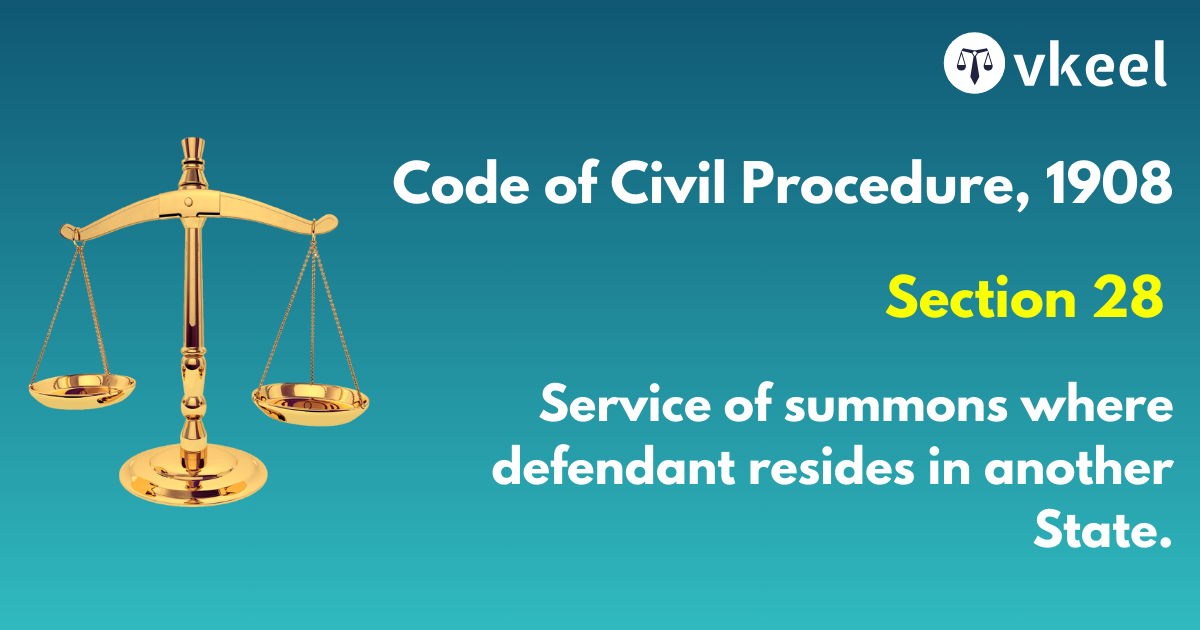The Criminal Law (Amendment) Act, 2013: A Landmark in Indian Legal Reforms
By Himanshu Kumar
Table of Contents
Introduction
The Criminal Law (Amendment) Act, 2013, also known as the Nirbhaya Act, marks a significant milestone in India’s legal framework, addressing crimes against women and enhancing the country’s criminal justice system. The amendment was catalyzed by the brutal gang rape and murder of a young woman in Delhi in December 2012, which sparked nationwide protests and demands for stronger laws to protect women.
The Criminal Law (Amendment) Act, 2013, commonly known as the Nirbhaya Act, was enacted in response to the horrifying gang rape and subsequent death of a young woman in Delhi in December 2012. The brutal nature of the crime, which occurred on a moving bus, led to nationwide outrage, massive protests, and calls for stronger laws to protect women and ensure swift justice. The incident highlighted the inadequacies in the existing legal framework to address sexual violence and catalyzed a movement demanding immediate legislative action.
In response to the public outcry, the Government of India established the Justice Verma Committee in December 2012, tasked with recommending amendments to criminal law to enhance the protection of women. The committee, chaired by Justice J.S. Verma, submitted its report in January 2013, proposing comprehensive legal reforms. The recommendations formed the basis of the Criminal Law (Amendment) Ordinance, promulgated in February 2013, which was later replaced by the Criminal Law (Amendment) Act, 2013. This Act introduced significant changes to the Indian Penal Code, the Criminal Procedure Code, and the Indian Evidence Act, aimed at providing stringent punishments for sexual offenses and ensuring a more victim-centric approach in the legal process.
Objectives of the Amendment
The primary objectives of the Criminal Law (Amendment) Act, 2013, are:
- Enhancing Legal Protections for Women: To provide stronger legal mechanisms to protect women from sexual offenses and ensure their safety.
- Deterring Sexual Offenses: To introduce stricter punishments for crimes against women, thereby deterring potential offenders.
- Speeding Up Justice Delivery: To expedite the legal process in cases of sexual offenses, ensuring swift justice for victims.
- Broadening the Definition of Sexual Offenses: To include a wider range of acts under the definition of sexual offenses, recognizing the various forms of violence women face.
Key Amendments and Provisions
1. Expansion of the Definition of Rape (Section 375 IPC)
The amendment expanded the definition of rape to include non-penetrative sexual acts, acts of oral sex, and use of objects to violate a woman’s body. This broader definition recognizes the various forms of sexual violence that women may face.
2. Introduction of New Offenses
Several new offenses were introduced to address gaps in the existing legal framework:
- Voyeurism (Section 354C IPC): Watching or capturing the image of a woman engaging in a private act without her consent.
- Stalking (Section 354D IPC): Repeatedly following or contacting a woman despite clear indication of disinterest.
- Sexual Harassment (Section 354A IPC): Includes unwelcome physical contact, advances, sexually colored remarks, showing pornography, and demanding sexual favors.
3. Enhanced Punishments
The amendment introduced stricter punishments for sexual offenses:
- Minimum Punishment for Rape (Section 376 IPC): Increased to seven years, extendable to life imprisonment.
- Gang Rape (Section 376D IPC): Minimum punishment of 20 years, extendable to life imprisonment, with provisions for compensation to the victim.
- Repeat Offenders (Section 376E IPC): Life imprisonment or death penalty for repeat offenders of rape.
4. Provision for Death Penalty
The amendment introduced the death penalty for cases where the rape results in the victim’s death or leaves her in a persistent vegetative state.
5. Changes to the Indian Evidence Act
- Section 53A: Previous sexual experience of the victim is irrelevant in determining consent or the quality of consent.
- Section 114A: Presumption of the absence of consent in cases of custodial rape, where the victim states so.
6. Changes to the Criminal Procedure Code (CrPC)
- Section 154: Mandates the immediate registration of FIRs in cases of sexual offenses.
- Section 164A: Provides for the medical examination of the rape victim within 24 hours of the incident being reported.
Relevant Case Laws
1. Nirbhaya Case (Mukesh & Anr vs State for NCT of Delhi & Ors, 2017)
This landmark case underscored the necessity for the Criminal Law (Amendment) Act, 2013. The Supreme Court upheld the death penalty for the convicts, emphasizing the heinous nature of the crime and the need for stringent punishment to deter such offenses.
2. State of Punjab v. Gurmit Singh (1996)
The Supreme Court stressed the need for the courts to deal with rape cases with utmost sensitivity and to ensure that the dignity of the victim is upheld throughout the legal process.
3. Vishaka v. State of Rajasthan (1997)
This case led to the establishment of guidelines for preventing sexual harassment in the workplace, which later influenced the provisions included in the Criminal Law (Amendment) Act, 2013, particularly concerning sexual harassment.
Impact of the Criminal Law (Amendment) Act, 2013
1. Legal and Social Impact
The amendment has significantly impacted both the legal and social spheres in India:
- Increased Reporting: There has been an increase in the reporting of sexual offenses as the legal provisions provide better protection and assurance to victims.
- Awareness and Sensitization: The amendment has heightened awareness about sexual offenses and contributed to sensitizing law enforcement and judicial officers about the gravity of these crimes.
- Legal Precedents: The amendment has established legal precedents that strengthen the judicial approach to handling sexual offenses.
2. Challenges and Criticisms
Despite its positive impact, the amendment has faced certain challenges and criticisms:
- Implementation Issues: The effective implementation of the law remains a challenge, with instances of delayed investigations and trials.
- Insufficient Support Systems: Victims often face a lack of adequate support systems, including counseling and rehabilitation services.
- Potential for Misuse: There are concerns about the potential misuse of certain provisions, leading to false accusations and legal harassment.
Legislative and Policy Reforms Post-2013
Since the enactment of the Criminal Law (Amendment) Act, 2013, further reforms have been introduced to strengthen the legal framework:
1. The Criminal Law (Amendment) Act, 2018
This amendment further strengthened the provisions related to sexual offenses:
- Death Penalty for Rape of Minors: Introduced the death penalty for the rape of girls below 12 years of age.
- Expedited Trials: Mandated the completion of investigations in rape cases within two months and trials within six months.
2. The Protection of Children from Sexual Offenses (Amendment) Act, 2019
Strengthened the legal framework to protect children from sexual offenses, including provisions for the death penalty in certain cases and stringent punishments for aggravated sexual assault.
Recommendations for Further Improvement
To enhance the effectiveness of the Criminal Law (Amendment) Act, 2013, and related legal provisions, several recommendations can be considered:
1. Strengthening Implementation Mechanisms
- Training for Law Enforcement: Comprehensive training programs for police and judicial officers on handling sexual offenses with sensitivity and efficiency.
- Infrastructure Improvements: Upgrading forensic and investigative infrastructure to ensure timely and accurate collection of evidence.
2. Support Systems for Victims
- Counseling and Rehabilitation: Establishing robust counseling and rehabilitation services for victims to aid their recovery and reintegration.
- Victim Compensation Schemes: Ensuring timely and adequate compensation for victims to support their financial and emotional well-being.
3. Public Awareness Campaigns
- Educational Programs: Implementing educational programs in schools and communities to promote gender sensitivity and awareness about legal rights.
- Media Engagement: Utilizing media platforms to spread awareness about the provisions of the law and encourage reporting of sexual offenses.
Conclusion
The Criminal Law (Amendment) Act, 2013, represents a pivotal step in India’s efforts to combat sexual violence and protect the rights of women. By expanding the definition of sexual offenses, introducing stringent punishments, and ensuring prompt legal action, the amendment aims to create a safer environment for women and deter potential offenders. However, the effective implementation of these provisions and the establishment of supportive systems for victims are crucial to realizing the full potential of this landmark legislation. Continued efforts in legal reforms, public awareness, and victim support will be essential to achieving a society free from sexual violence and ensuring justice for all.
Disclaimer:
The information provided in the article is for general informational purposes only, and is not intended to constitute legal advice or to be relied upon as a substitute for legal advice. Furthermore, any information contained in the article is not guaranteed to be current, complete or accurate. If you require legal advice or representation, you should contact an attorney or law firm directly. We are not responsible for any damages resulting from any reliance on the content of this website.












